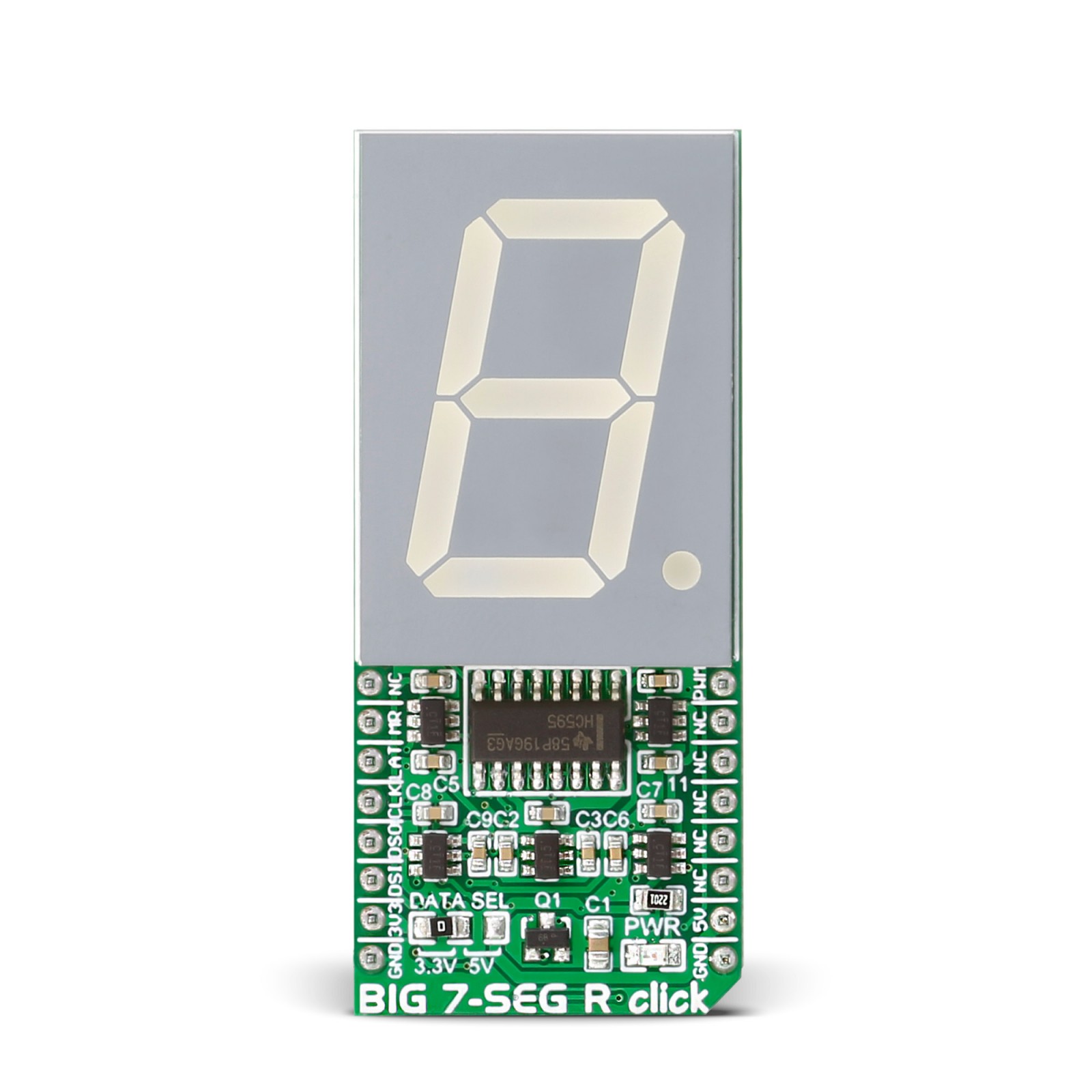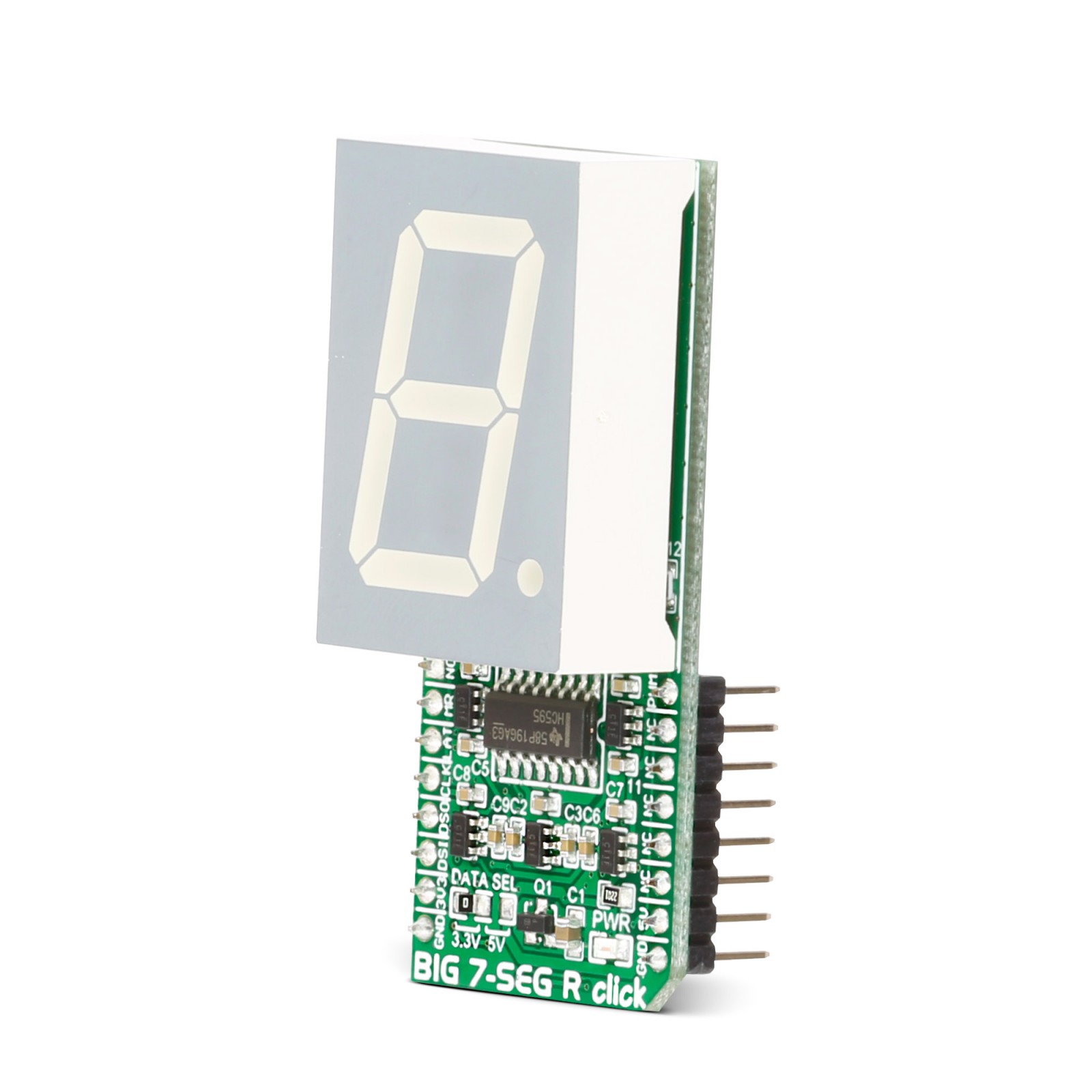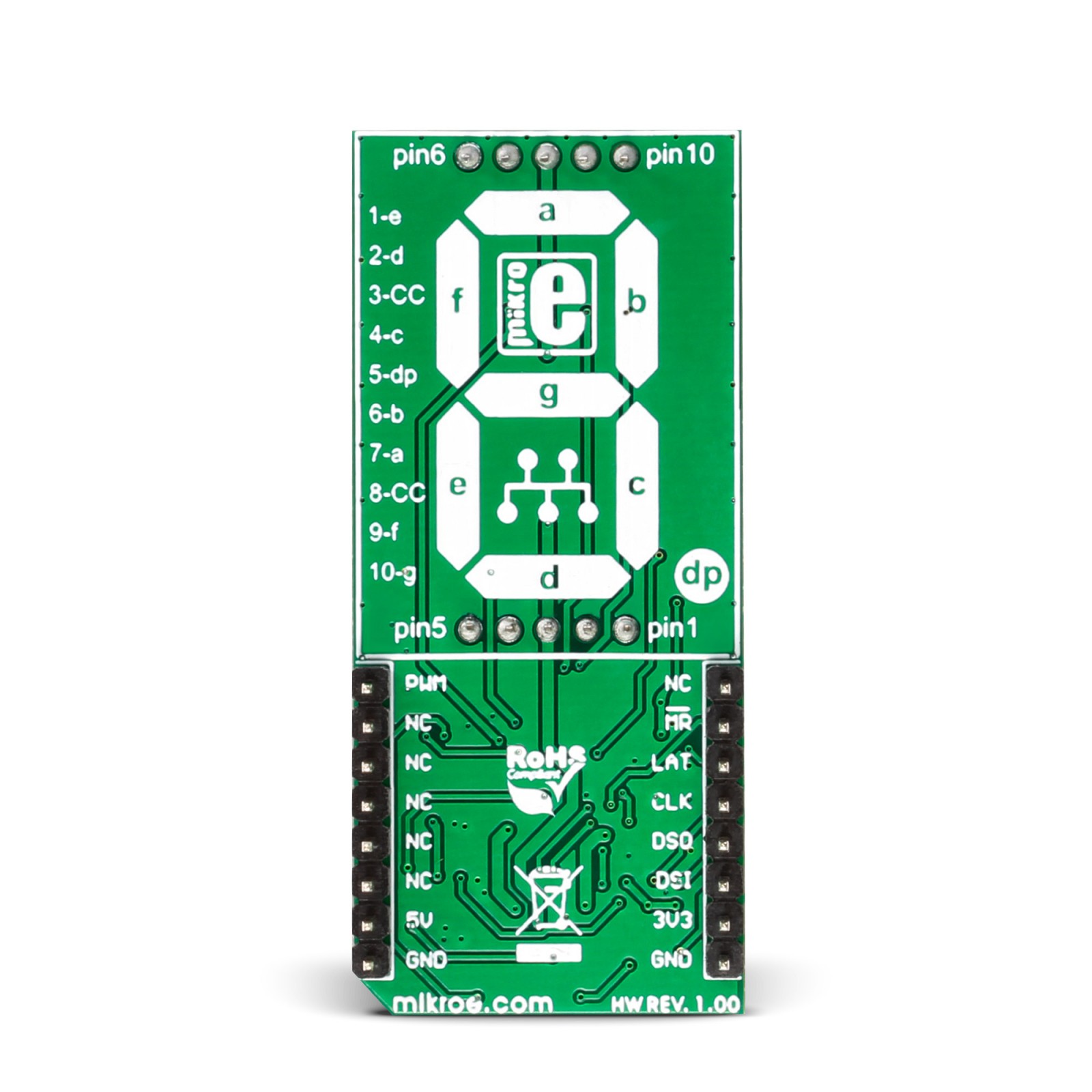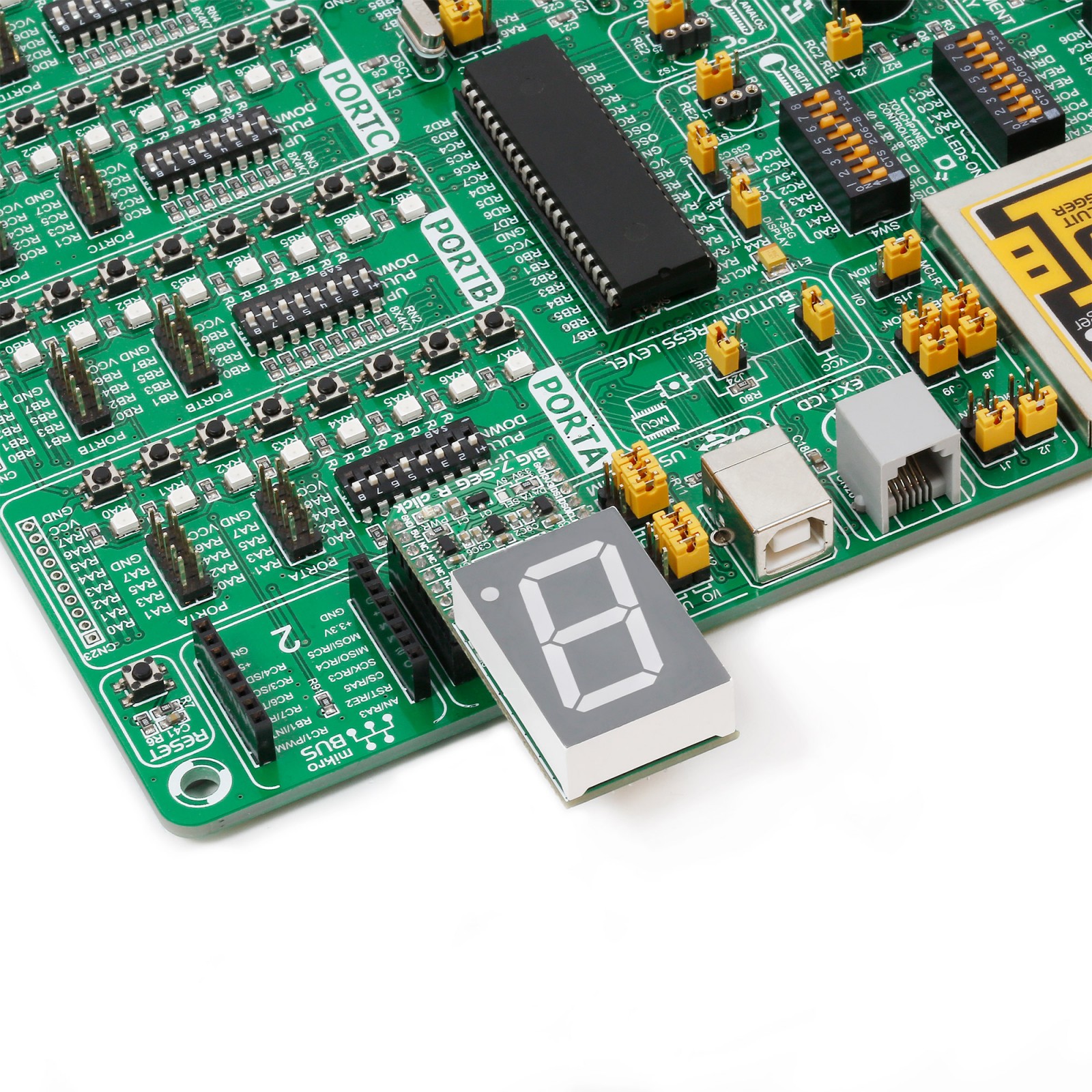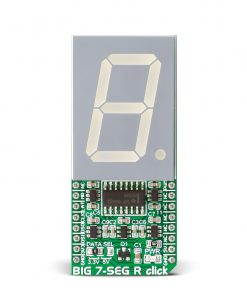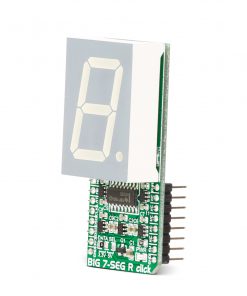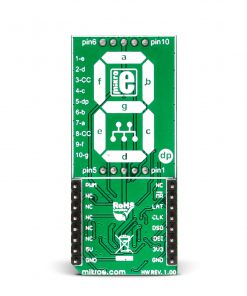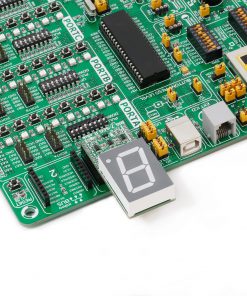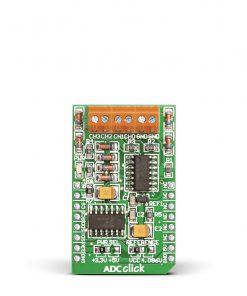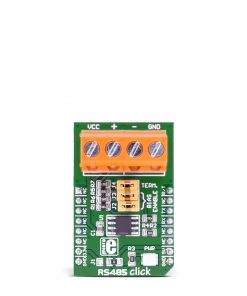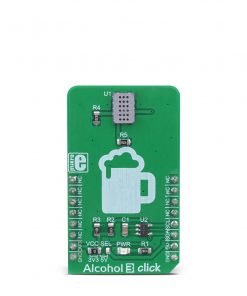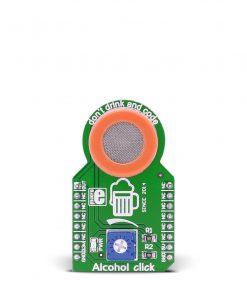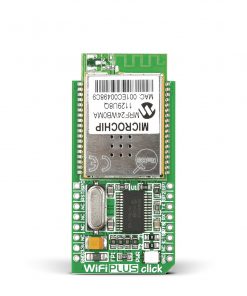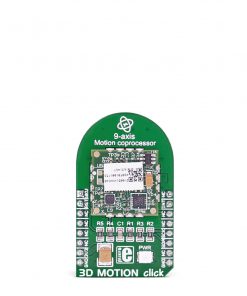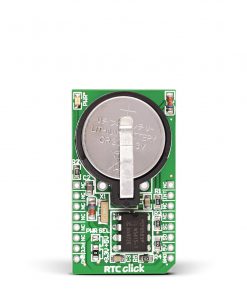BIG 7-SEG R Click
R430.00 ex. VAT
BIG 7-Seg R Click is a compact add-on board that represents an easy solution for adding a numeric or hexadecimal display to your application. This board features the SC10-21SRWA, a single-digit numeric display from Kingbright. The display is large (1-inch height) and can display letters, numbers, and symbols in a highly readable form. The light intensity of the red segments of the display can be controlled by the host MCU. This Click board™ makes the perfect solution for the development of many applications requiring a visible display or others that display numerical/textual information.
BIG 7-Seg R Click is supported by a mikroSDK compliant library, which includes functions that simplify software development. This Click board™ comes as a fully tested product, ready to be used on a system equipped with the mikroBUS™ socket.
Stock: Lead-time applicable.
| 5+ | R408.50 |
| 10+ | R387.00 |
| 15+ | R365.50 |
| 20+ | R351.74 |

